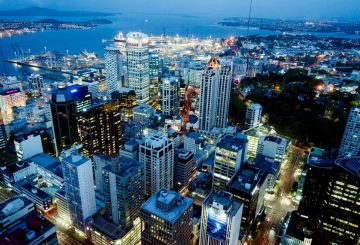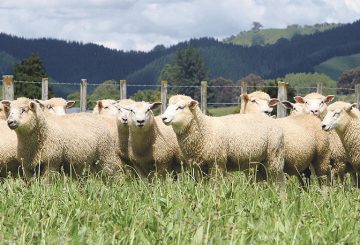Ang hybrid na trabaho, na nagsasangkot ng paghahati ng oras sa pagitan ng opisina at tahanan, ay naging ginustong pagpipilian sa mundo ng post-epidemya. Ngunit paano namamahala ng mga mag-asawa sa New Zealand ang bagong istilo ng trabaho na ito?
Pinag-aralan ng mga mananaliksik mula sa University of Auckland at Massey University, sina Dr Joanne Mutter at Associate Professor Kaye Thorn, kung paano hinahawakan ng mga propesyonal na mag-asawa ang balanse na ito. Partikular silang interesado sa paghahanap ng mga paraan upang gawing mas madali ang pagtatrabaho mula sa bahay para sa mga mag-
Natuklasan ng kanilang pananaliksik na ang mga tao sa pangkalahatan ay nahuhulog sa dalawang kategorya pagdating sa balanse sa trabaho at buhay. Ang ilang mga tao, na kilala bilang ‘integrators’, ay komportable na paghahalo ng kanilang trabaho at personal na buhay, tulad ng pagsagot sa mga email sa trabaho sa gabi at pagpatakbo ng mga gawain sa araw. Mas gusto ng iba, na kilala bilang ‘separators’, na panatilihing ganap na hiwalay ang kanilang trabaho at personal na buhay, manatili sa mga tiyak na oras ng trabaho at maiwasan ang mga gawain na nauugnay sa trabaho sa labas ng mga oras na ito.
Ang pag-unawa sa kung aling kategorya ang nahuhulog ng iyong kapareha ay makakatulong sa pamahalaan ng Halimbawa, kung ang isang kasosyo ay isang separator at ang isa pa ay isang integrator, maaari itong humantong sa hindi malusog na gawi, tulad ng parehong mga kasosyo na nagtatrabaho nang huli hanggang gabi.
Natuklasan din ng pag-aaral na ang ilang mag-asawa ay gumagawa ng matinding hakbang tulad ng paglipat ng mga bahay upang magkaroon ng magkakahiwalay Ang iba ay nag-aayos ng mga silid o nag-aayos ng kanilang mga tahanan upang gawing angkop ang mga ito para sa hybrid na trabaho.
Para sa mga walang nakatuon na tanggapan, makakatulong ang paglikha ng mga bagong gawain, tulad ng paglalakad sa paligid ng bloke upang ipahiwatig ang pagtatapos ng araw ng trabaho. Ang pagpatay mula sa trabaho ay isa pang hamon na kinakaharap ng mga mag-asawa. Natagpuan ng ilan na nakakatulong na gumawa ng listahan ng dapat gawin para sa susunod na araw o magkaroon ng ‘end of-workday’ na pag-unlad habang naghahanda ng hapunan.
Natuklasan din ng mga mananaliksik na kung ang isang kasosyo ay may mas nababaluktot na papel, madalas silang kumukuha ng mas maraming responsibilidad sa sambahayan, na kahihinatang nagresulta sa mas kaunting kakayah
Maaaring suportahan ng mga kumpanya ang kanilang mga empleyado sa pamamagitan ng pagpapalaganap ng isang kultura na tumutugma sa iba’t ibang Halimbawa, habang maaaring ipatupad ng ilang mga kumpanya ang patakaran na ‘walang mga email pagkatapos ng oras’ sa pag-iisip na makakatulong ito sa lahat na idiskonekta, maaaring hindi ito angkop sa mga mas gusto na tumugon sa mga email sa kanilang sariling kaginhawahan.



















































-360x245.jpg)










